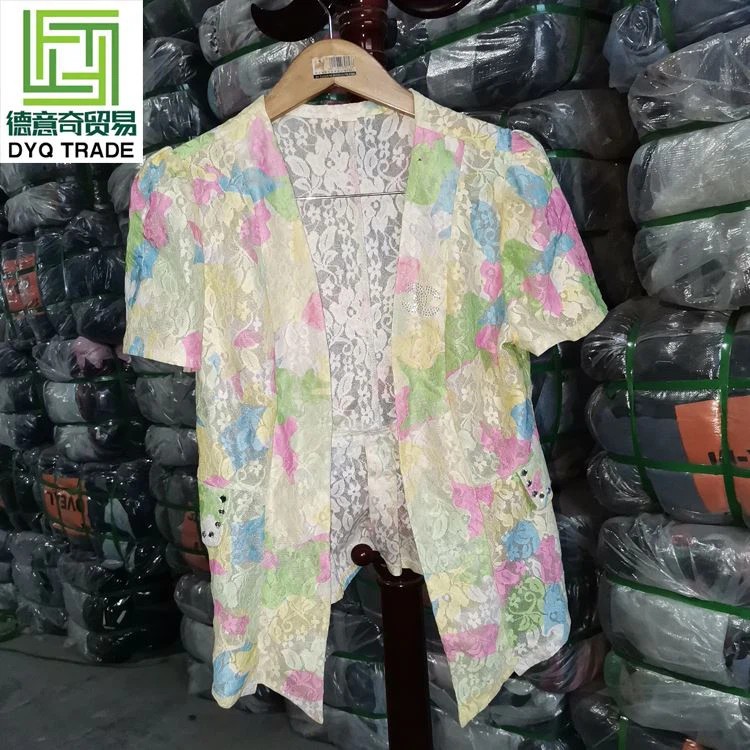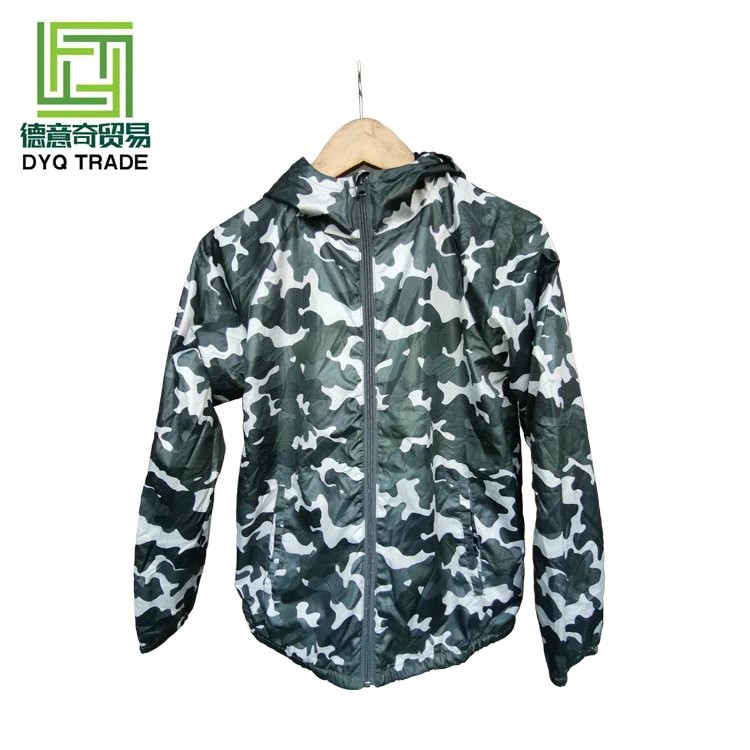Every girl's wardrobe lacks a new piece of clothing, and the clothes are often piled up in mountains. Some of them don't even want to wear their tags even before they have been removed. More and more old clothes are sitting in the closet, and they end up being thrown into the junkyard to end their lives. Is there a better place for those second-hand clothes you don't want to wear? The answer is yes.
In recent years, "fast fashion" has become the development trend of the clothing industry. Fast fashion focuses on the convenience and speed of the shopping process and the diversification of clothing styles. Merchants use the cheap route to attract mass consumption, allowing consumers to use relatively cheap prices in a short period of time. Buying new clothes at a price, this business model broadens the choice of mass consumption, but it is also easy to cause impulsive consumption.
However, the pollution caused by the garment manufacturing industry has become a burden on the earth. Behind the large number of discarded clothes is the excessive extraction and waste of resources. WWF research pointed out that the textile industry consumes a lot of water in the production process. On average, one kilogram of cotton can be produced for every 20,000 liters of water. It takes 7,000 liters of water to produce a pair of jeans. The popularity of fast fashion has made natural resources. consumption is getting worse. Not only that, some clothing production processes will produce a large amount of industrial wastewater, which seriously pollutes the environment.

Statistics show that, on average, each Chinese person buys about 10 pieces of new clothes every year, and 3-5 of them are discarded. Multiplied by the total population of China, the resulting waste of resources and environmental pollution is immeasurable.
In order to protect the environment, the elimination of waste and blind consumption is of course the first and foremost. But apart from that, is there really no market for second-hand clothes? On the second-hand commodity trading platform, the transaction volume of second-hand clothes is not large. If you buy inappropriate clothes, you might as well store them up and sell them on second-hand trading platforms at low prices. On the one hand, it is more cost-effective than directly discarding it, and it can bring a little income; on the other hand, second-hand clothes have a new owner, which reduces the waste of resources to a certain extent. We can also choose the way of changing clothes to reduce the purchase of new clothes.
In addition, the recycling of second-hand clothes is also a good way. The recycled old clothes will go through a round of screening in the hands of the trading company. They are almost chopped and mixed with cotton cloth to make industrial cleaning cloths. to Africa. In Africa, importing second-hand clothes from China has long been an open secret, or even a new trend.
About 50 million tons of clothes are discarded in my country every year, and the recycling rate is less than 10%. This requires each of us to establish a more environmentally friendly way of consuming. Reduce the waste of clothes from the recycling side, and change the clothes shopping habits from the consumer side.






